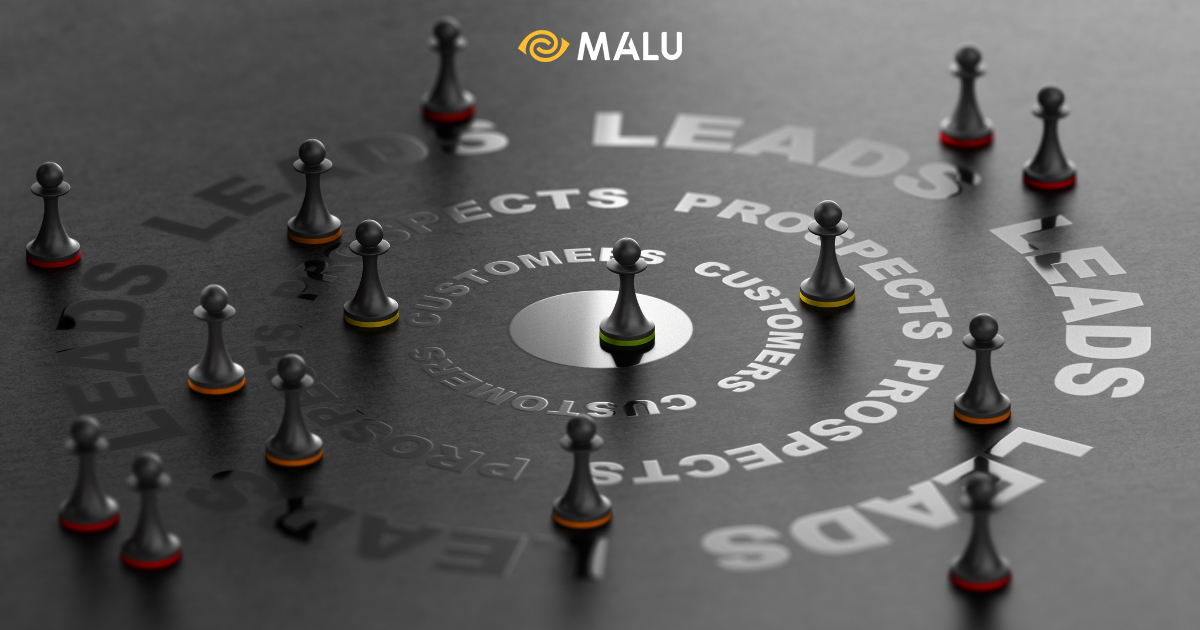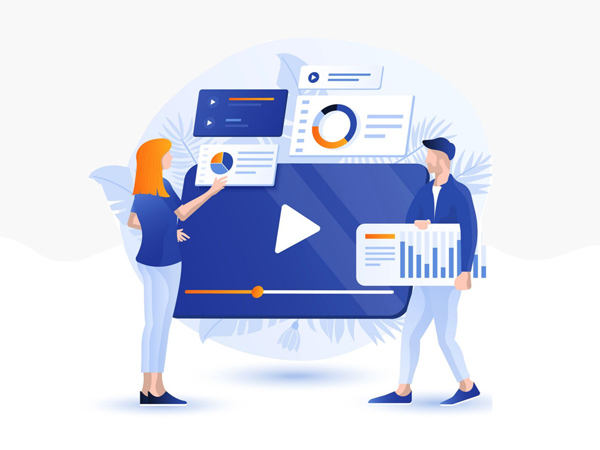
In today’s article, Malu would like to give you the most overview of Inbound marketing such as definition, steps in the marketing planning process and much more.
What is Inbound Marketing?
Inbound marketing is a method in which administrators focus on optimizing their marketing content on platforms such as blogs, SEO (optimizing content to achieve high rankings in the search results list). of Google, Bing or Yahoo), social networks and many other communication platforms. Through quality content, customers will find businesses themselves to promote conversion behavior.

The goal of the administrator when applying inbound marketing is to improve brand recognition and attract potential customers for the business.
In contrast, with the outbound marketing school (outbound marketing), the administrator finds customers through marketing strategies (such as promotions, advertising, …).
> What is online marketing? The Comprehensive Guide to Online Marketing
Why should businesses use Inbound Marketing?
We live in an era where information is completely accessible to customers. According to IBM, around 2.5 billion Gigabytes of data are exported every day in the world. Even 90% of the data we use every day was created within the past 2 years.
Obviously, the person holding the most power in a commercial relationship is the buyer. The Internet provides them with the fastest and most accurate information. They want to know about the product’s price, features, reviews, warranty policy, shipping? Just go online and consult, all their questions will be answered with the most multi-dimensional view.

Instead of Joshua Gill, an SEO and Inbound Marketing strategy consultant: “Inbound Marketing has become the influential strategy it is today precisely because of its ability to provide users with the most objective answers to what they want. need. This method builds trust and credibility for the brand, no matter what your industry is.”
Because of that, many traditional marketing strategies with the idea of attracting the “passive” attention of customers have gradually become outdated and less effective in recent years.
In order not to be left behind, many businesses have begun to change their thinking and gradually shift their marketing school from focusing on passive advertising activities to attracting active attention from customers through various platforms. media platform.

The goal of businesses is nothing more than: Raise customer awareness of the brand, maintain relationships with old customers and reach new potential customers.
The effectiveness of Inbound Marketing comes partly from: We promote our brand delicately, without making customers feel they are being “hunted”. Customers feel they have a certain initiative: Actively seeking information, actively deciding to buy.
> 5 Secrets to building an effective Marketing strategy
Benefits of Inbound Marketing for businesses
With Inbound Marketing, your business can gain the following positive points:
- Build brand image and influence customers’ purchasing decisions in the future.
- Build brand presence on multiple media platforms.
- Create a good customer experience during the commercial approach and purchase.
- Increase brand awareness among customers.
- Build the ability to reach customers at multi-platform, multi-“touch”, 24/7.
- Reach potential customers at the lowest cost.

Unlike traditional marketing, it takes businesses a fair amount of time to see results. SEO (Search Engine Optimization) is a prime example. In order for your content to rank high in Google or Bing search results, it takes at least 2 to 3 months with a lot of work to be done.
That’s not to mention the purpose of your business when doing SEO: Get high rankings in the list of query results, visits, conversion rates or conversion value.
The key to each inbound marketing strategy lies in capturing customer behavior and determining the position of the brand in the customer’s mind.
Understanding customer psychology helps you determine the exact content of the message you want to convey to them, building trust and saving marketing costs.
Types of Inbound Marketing
Businesses can use many different Inbound Marketing approaches. Here are a few of our recommendations for your business:
1. THIS:
With this customer approach, your business’ work includes: Researching customers’ search behavior (through keyword research), building a reasonable website structure, developing Website content, link-building, traffic navigation, etc.

The goals of your business here include: Optimizing the website, helping it to rank high on the search results of engines such as Google, Bing, Yahoo; raise brand awareness among customers; improve conversion rate, conversion value;…
> What is SEO? Detailed SEO guide
2. Blogging:
This can be considered the approach used by most businesses. The goal of blogging is to increase brand awareness and reach new potential customers of the business.
3. Social Media:
With 67% of social media users sharing content they find useful, you cannot ignore the benefits this platform can bring to your business.
4. Event/workshop organization:
Obviously, integrating commercial goals into knowledge-sharing activities is a great way to promote your brand, reach new customers, and strengthen relationships with loyal customers. wall.
Steps to implement Inbound Marketing
With Inbound Marketing, the more time and effort you invest, the more benefits you get. Money can be an issue, but ideas are the most important aspect of implementing Inbound Marketing.

The steps to implementing an Inbound Marketing campaign include:
- Identify the target audience you want to target. The behavior of each customer group is different, you need to know who they are to set up the appropriate delivery content.
- What are the highlights and differences of your brand/business? Answer the question: “Why should customers listen to you?”.
- What platform do you want to deliver your content on? On your website, on social media or guest blogging?
- Create content and schedule it to be public on media platforms.
- Use tools that track content performance and make adjustments accordingly in future campaigns.
The Future of Marketing Automation
With useful add-on tools, Inbound Marketing activities can be done automatically. These tools can help you post on a schedule you set up; identify and classify appropriate customer groups; Suggest ways to maintain relationships with separate customers;…
> 15 Latest Digital Marketing Trends
Measure the effectiveness of Inbound Marketing campaigns
Whichever way you choose to reach customers, what you want to achieve is the effectiveness of the campaign. You need to understand with each approach, what metrics you need to pay attention to to measure the effectiveness of a campaign.
> A guide to using Google Analytics to measure
The indicators you need to pay attention to in a Marketing campaign include: website rankings on search engine platforms; traffic, conversions, conversion value; interactions on social networks;…
> Guide to build a Digital Marketing strategy
Hopefully our above information will help you have a better overview of Inbound Marketing. From there, you can choose and apply the appropriate approach in the case of your business. Good luck!




